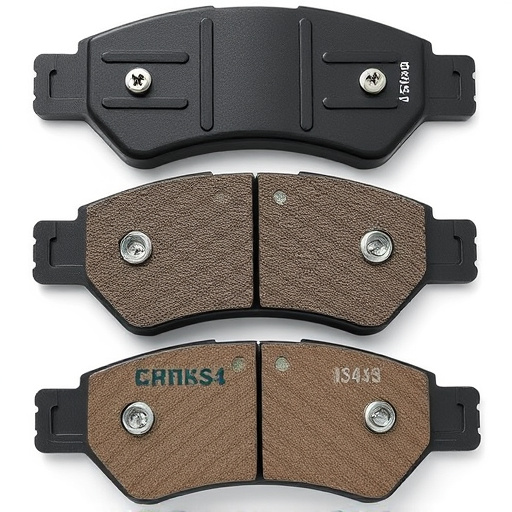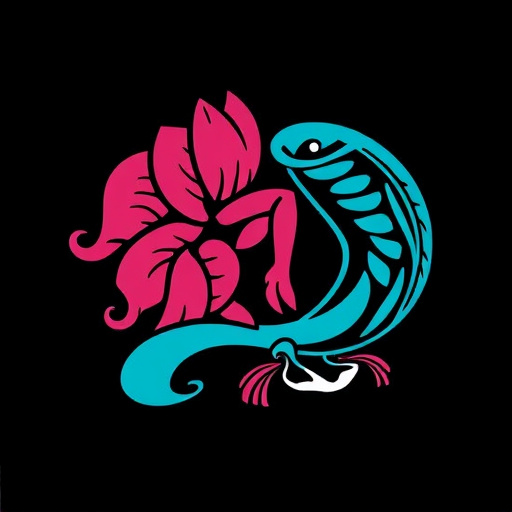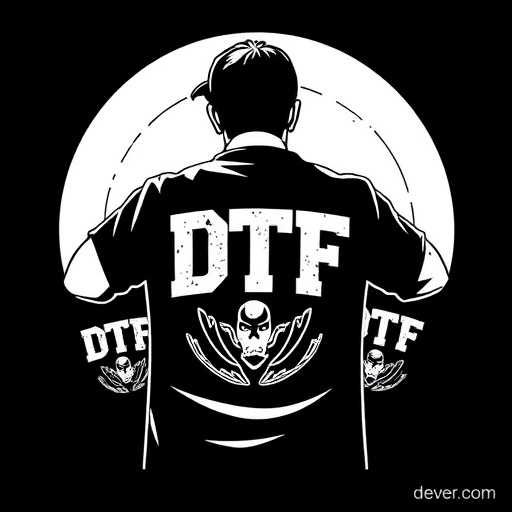Direct-to-Film (DTF) transfers revolutionize custom t-shirt decoration with high-quality prints on diverse fabrics. Accessible for beginners via graphic design software, DTF offers precise control and vibrant colors. It's cost-effective, efficient, and ideal for small businesses and individuals looking to monetize creative skills by designing and selling unique apparel. Choosing absorbent fabrics and compatible DTF transfer films ensures top-quality, long-lasting prints. The process involves printing designs on special paper using inkjet or laser printers, then fusing them permanently onto t-shirts with a heat press machine. Quality assurance through rigorous testing and sourcing high-grade materials secures vibrant, durable DTF prints.
Looking to elevate your custom t-shirt designs? Direct-to-film (DTF) transfers are revolutionizing the way creators adorn apparel. This article is your ultimate guide to mastering DTF for t-shirt decoration. From understanding the basics of DTF technology and its advantages to choosing the right materials, applying transfers seamlessly, unlocking design potential, and ensuring top-quality prints that last, you’ll learn everything needed to create stunning DTF prints on t-shirts. Dive into this comprehensive tutorial and unlock the secrets of DTF printing.
- Understanding Direct-to-Film Transfers (DTF): A Beginner's Guide
- The Benefits of DTF for Custom T-Shirt Decorating
- Choosing the Right Materials: Substrates and Ink Compatibility
- Application Process: Step-by-Step DTF Transfer on T-Shirts
- Unlocking Design Potential: Tips for Creating Stunning DTF Prints
- Quality Assurance: Ensuring Long-Lasting and Vibrant T-Shirt Designs
Understanding Direct-to-Film Transfers (DTF): A Beginner's Guide
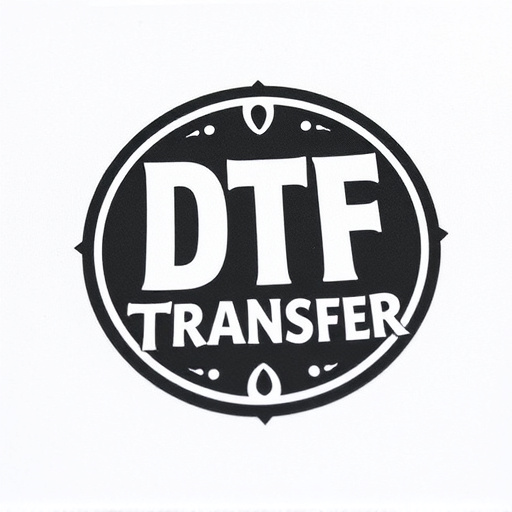
Direct-to-Film (DTF) transfers have revolutionized the way we decorate t-shirts and other textiles. Unlike traditional methods that rely on printing onto fabric, DTF involves transferring high-quality images directly from digital files to the surface of the garment using heat and pressure. This process offers several advantages for both beginners and experienced decorators.
For starters, DTF transfers provide crisp, vibrant prints with rich colors and intricate details, making them ideal for creating visually appealing designs. They are suitable for a wide range of fabrics, including cotton, polyester, and blends, ensuring your artwork looks great on various types of t-shirts. Additionally, DTF allows for easy customization and personalization, as you can easily edit and modify designs using graphic design software before transferring them to the shirt. This accessibility makes it an attractive option for those new to garment decoration, offering precise control over their creations without requiring advanced equipment or techniques.
The Benefits of DTF for Custom T-Shirt Decorating
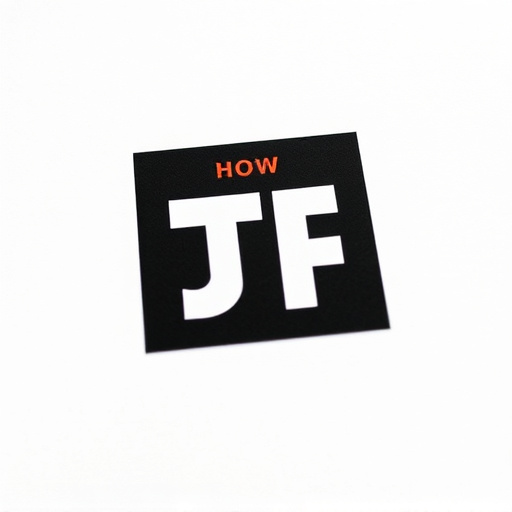
Direct-to-film (DTF) transfers have revolutionized custom t-shirt decorating, offering numerous advantages over traditional printing methods. One of the key benefits is their versatility; DTF allows for high-quality prints on various fabrics and surfaces, ensuring that intricate designs and vibrant colors can be achieved with ease. This method is particularly suitable for creating unique, personalized t-shirts, as it facilitates the reproduction of detailed artwork, photos, and graphics with exceptional precision.
Additionally, DTF transfers provide a fast and efficient way to produce custom prints. The process involves applying the design directly onto the film, which is then heat-pressed onto the t-shirt. This streamlines production, reducing turnaround times significantly. Moreover, DTF printing offers cost-effectiveness, making it an attractive option for small businesses, startups, and even individuals looking to monetize their creative skills by designing and selling custom apparel.
Choosing the Right Materials: Substrates and Ink Compatibility

When it comes to choosing materials for DTF (Direct-to-Film) transfers, understanding substrate compatibility and ink selection is key. The substrate, or surface you’re transferring onto—in this case, a t-shirt—plays a significant role in the durability and quality of your final DTF prints. Cotton and poly-cotton blends are popular choices due to their absorbency, allowing for better ink adhesion. However, synthetic fabrics like polyester might require additional preparation to ensure successful printing.
Ink compatibility is equally important. DTF inks are designed to bond directly with specific types of film and substrates. Ensure the DTF transfer you choose is compatible with your fabric to guarantee sharp, vibrant prints that withstand washing without fading or cracking. Proper material selection will enhance the longevity of your designs, making them a popular choice for creating unique, high-quality t-shirts.
Application Process: Step-by-Step DTF Transfer on T-Shirts

The DTF Transfer process for decorating t-shirts offers a direct and efficient method for creating high-quality prints. It involves several precise steps to ensure optimal results. First, prepare the design using specialized software, ensuring it meets the required specifications for DTF printing. The design is then printed onto a special transfer paper using inkjet or laser printers, with each color layer printed separately.
Next, the transfer paper is carefully positioned on the t-shirt, typically with the help of a heat press machine. Heat is applied to fuse the print onto the fabric, creating a permanent DTF Print. The process requires careful temperature and time control to prevent damaging the shirt or smudging the design. Once completed, the transfer paper is removed, revealing the crisp, vibrant DTF Transfer on the t-shirt surface.
Unlocking Design Potential: Tips for Creating Stunning DTF Prints

Unlocking Design Potential: Tips for Creating Stunning DTF Prints
Direct-to-film (DTF) transfers offer a world of creative possibilities for decorating t-shirts and other textiles. To harness their full potential, consider these expert tips. Firstly, invest in high-quality DTF inks and films that are specifically designed for optimal print results on various fabrics. Ensure your design is well-prepared with crisp lines, vibrant colors, and no unwanted artifacts to avoid printing issues.
For striking DTF prints, precise registration is key. Use alignment tools provided by your software to ensure designs fit perfectly on the garment. Additionally, experiment with different print modes and settings for unique effects. Consider using darker shirts for better color pop or trying multi-pass printing for richer, more vivid colors. Remember that practice makes perfect; test prints are essential to fine-tune your skills and unlock your design’s true beauty.
Quality Assurance: Ensuring Long-Lasting and Vibrant T-Shirt Designs

When using direct-to-film (DTF) transfers for decorating t-shirts, quality assurance is paramount to ensure long-lasting and vibrant designs. The DTF process involves transferring ink directly onto the fabric through a high-pressure heat press, creating sharp, detailed prints that can withstand everyday wear and tear. To maintain these standards, manufacturers should adhere to strict quality control measures throughout production, including thorough cleaning of equipment, precise temperature and pressure settings, and regular testing of ink batches for consistency.
Additionally, choosing high-quality DTF transfers from reputable suppliers is crucial. Look for products that offer vibrant color reproduction, excellent opacity to prevent ink bleeding or showing through, and a strong bond with the fabric. Pre-testing a small batch of prints on various types of t-shirts can also help identify any potential issues, ensuring that the final designs meet the desired quality standards. This meticulous approach guarantees that DTF prints remain vibrant for extended periods, making them a superior choice for creating lasting and visually appealing t-shirt designs.


